"Studying the opening is just memorizing moves and hoping for traps, but studying the endgame is chess."Joshua Waitzkin
Dear readers, if you already know a few opening and middlegame strategies, it's time for serious chess. Yup, you read it right. Consider the opening and middlegame strategies as the ABCs of chess learning. As Chess legend Waitzkin said, studying the endgame is chess. In simple words, now you're jumping into endgame strategies.
However, before beginning with strategies, I urge everyone to get familiar with endgame theory. (Not the endgame movie's fan theory but the endgame chess theory. Just kidding. Wink wink.) So, let's pull up our socks and get started with chess endgame theory.
- What are the Different Types of Endgame in Chess?
- 1. Let's divide the endgames into two major divisions:
- 2. Pawn Endgames
- 3. King and Pawn Endings
- 4. What is Opposition in Chess Endgames?
- 5. What is Triangulation in Chess endgames?
- 6. The Importance of Pawn
- 7. Queen and Pawn Endings
- 8. Rook and Pawn Endings
- 9. Bishop and Pawn Endings
- 10. Pawnless Endgames
- 11. How do I get Better at Playing Chess Endgame?
- Conclusion
- FAQs
What are the Different Types of Endgame in Chess?
Before diving into endgames, it’s important to note: there’s no strict classification. When chess enthusiasts discuss “types of endgames,” they’re referring to the most common ones and that’s exactly what we’ll cover here.
1. Let's divide the endgames into two major divisions:
Endgames with pawns
Endgames without pawns
2. Pawn Endgames
(Chess Endgames with Pawns)
3. King and Pawn Endings
When only kings and pawns remain on the board, it’s called a King and Pawn Endgame. In these endings, the king becomes the most important piece. As Siegbert Tarrasch famously said, “It cannot be too greatly emphasized that the most important role in pawn endings is played by the king.”
Every move matters one wrong step can be decisive. Key concepts like opposition, triangulation, and the Réti manoeuvre highlight the king’s power and show how central it is to securing victory in pawn endgames.
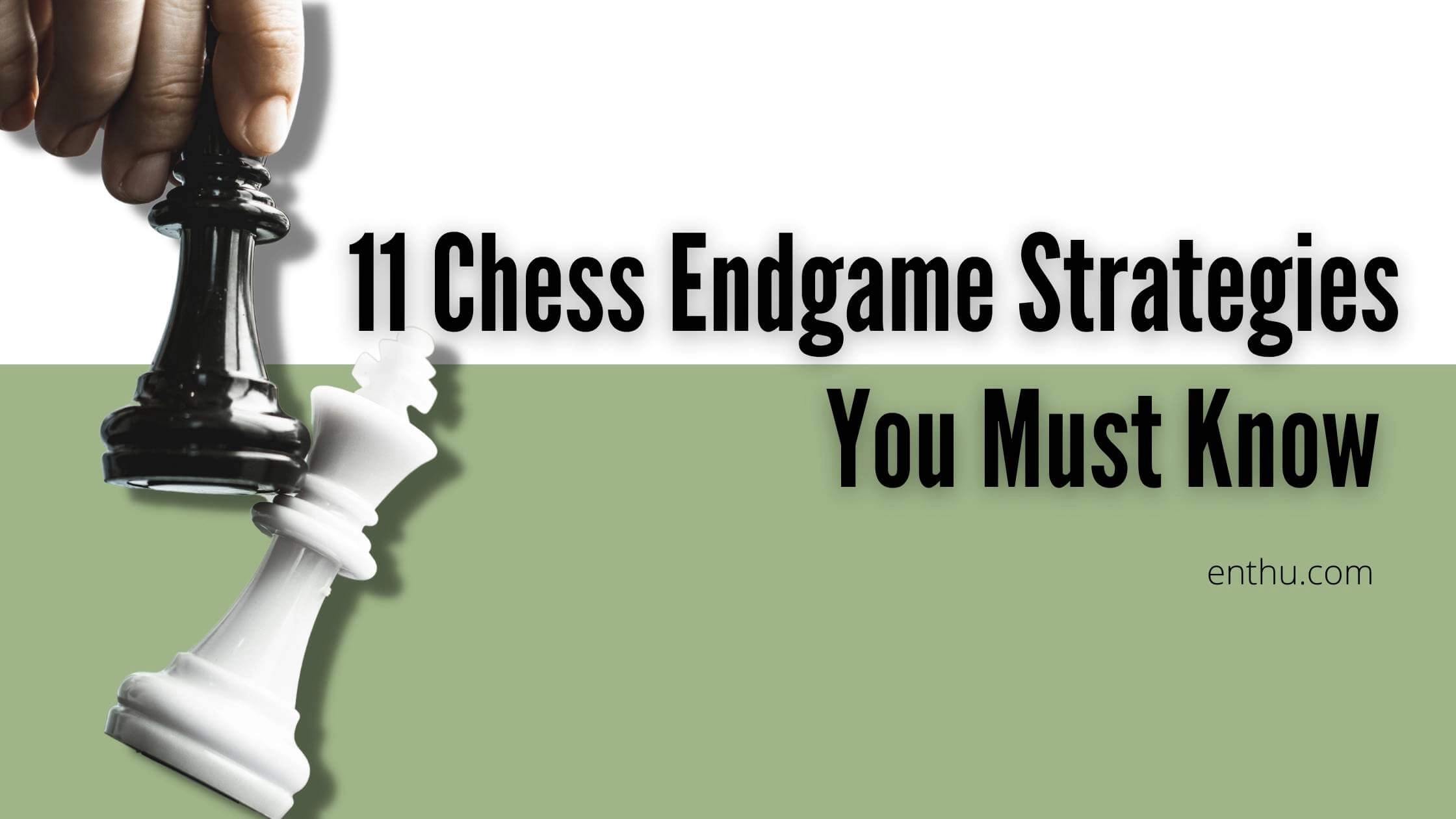
4. What is Opposition in Chess Endgames?
Opposition is a position that occurs when the two kings are on the same file or rank but only two squares apart. It's a situation where the kings look like blocking each other (as shown in the below image).
It mostly happens in endgames. In opposition, the player who doesn't have the immediate move is said to have the opposition because they get the benefit of moving to safe square.
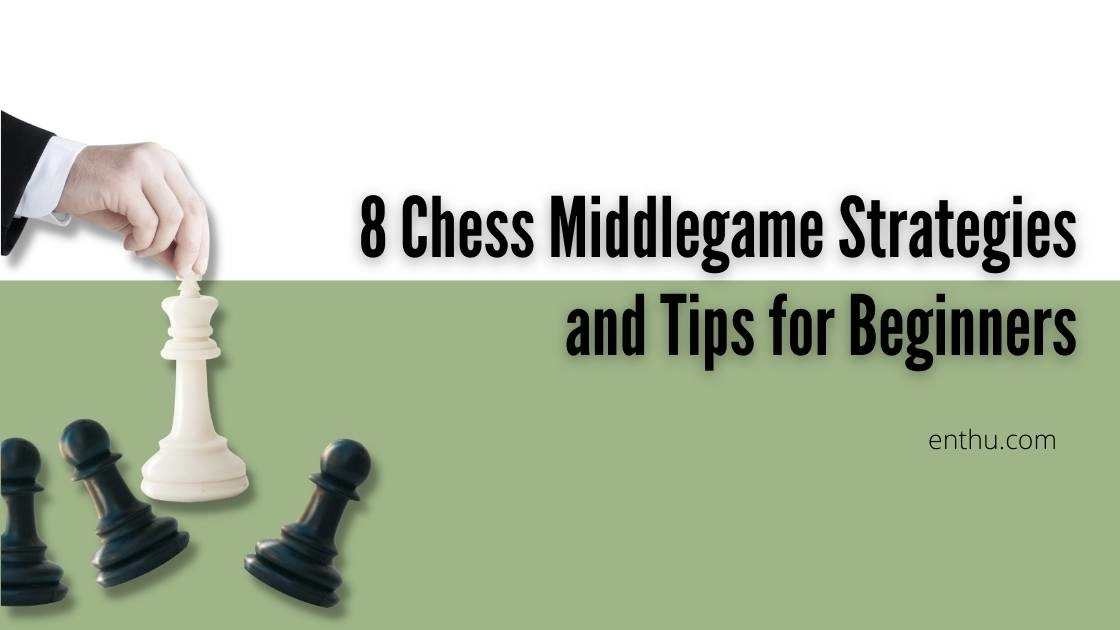
5. What is Triangulation in Chess endgames?
Triangulation is a chess tactic to create a zugzwang position for your enemy player. In this trick, your King will move in triangle-like shaped moves (3 moves) to come back to the same position.
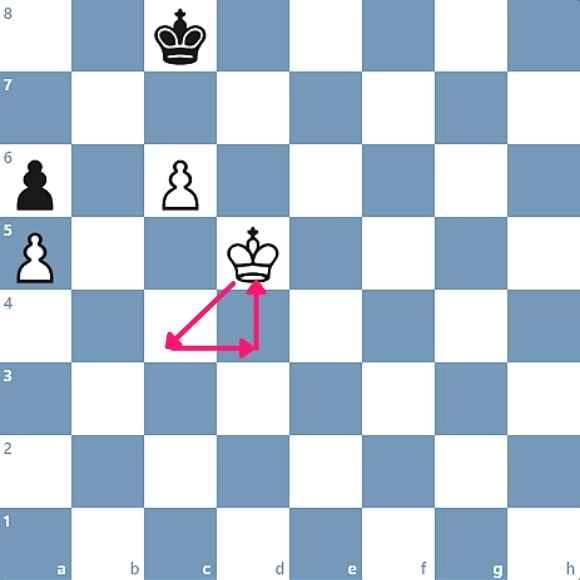
Triangulation in chess In chess theory, the Réti endgame study is about the endgame studied by Richard Réti. It's all about King's power.
It shows how a king can carve out multiple locations while threatening the enemy pieces. For instance, the white king in the below picture has 9 pathways to reach the black pawn.
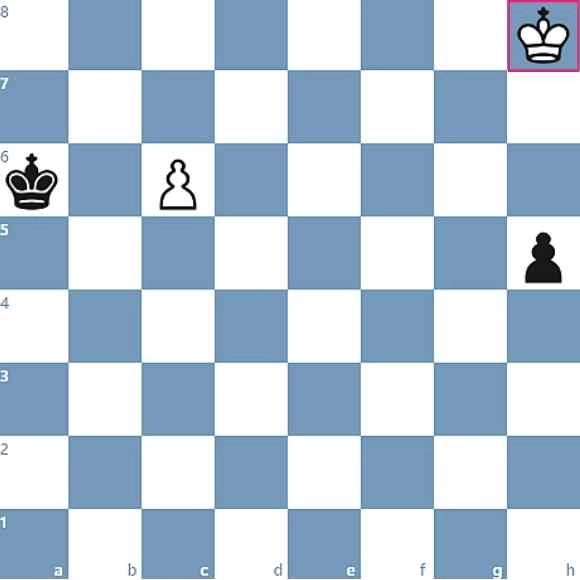
To learn more about King's role in "King and Pawn Endings," I suggest a detailed study on the above 3 strategies.
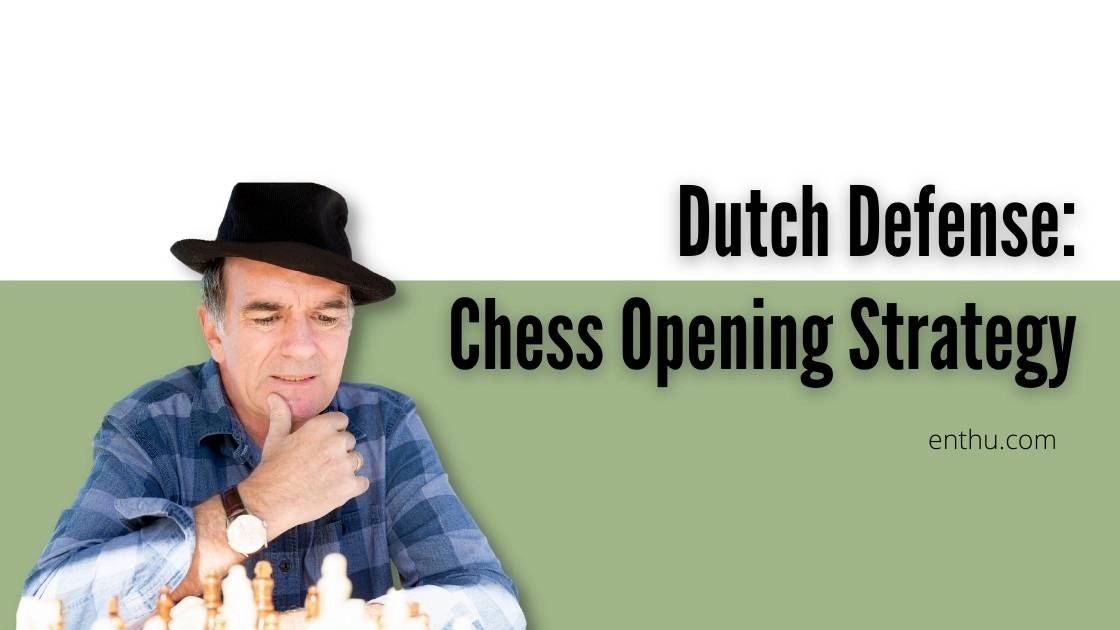
6. The Importance of Pawn
"King and Pawn Endgames" When it comes to the importance of Pawn in Pawn Endgames, you must learn about concepts like "Pawn promotion" and "Passed Pawns." Pawns are one of the most powerful weapons in chess endgame theory.
Getting a passed pawn is crucial for your game. Concentrate on achieving it but on the other hand, be careful with enemy passed pawns.
BEWARE OF ENEMY PASSED PAWNS. Why? As Nimzovich famously said, "The Passed Pawn is a criminal, who should be kept under lock and key. Mild measures, such as police surveillance, are not sufficient."
If by any chance your enemy passed pawn reaches the last rank, it'll turn into a Queen, changing the whole dynamics of the game.
7. Queen and Pawn Endings
Just like "King and Pawn endgames," a passed pawn has similar importance in queen and pawn endings as well. Why? Besides escorting a pawn to the queening square, the Queen also weakens every other enemy piece on the chessboard.
As the passed pawn becomes the most powerful piece in the endgame, the opposition player keeps fleeing the attacks. Therefore, these endings are frequently extremely long affairs.
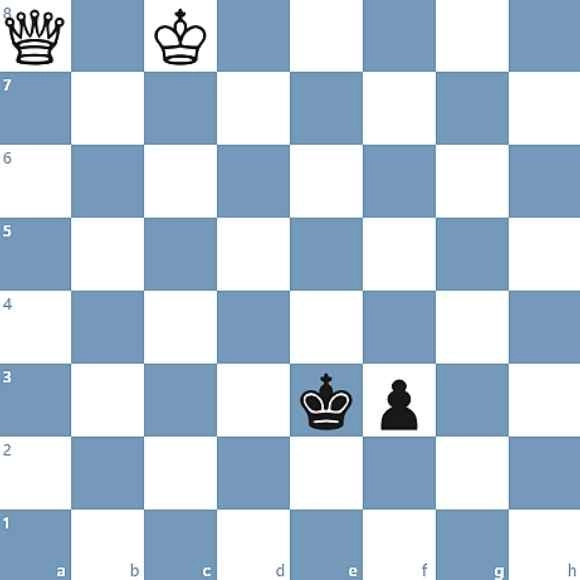
Vladimir Alatortsev vs Vitaly Chekhover Overall, the player with the queen in a queen vs pawn endgame is more likely to win. For instance, in the Vladimir Alatortsev vs Vitaly Chekhover game (refer the above image), Alatortsev won with white.
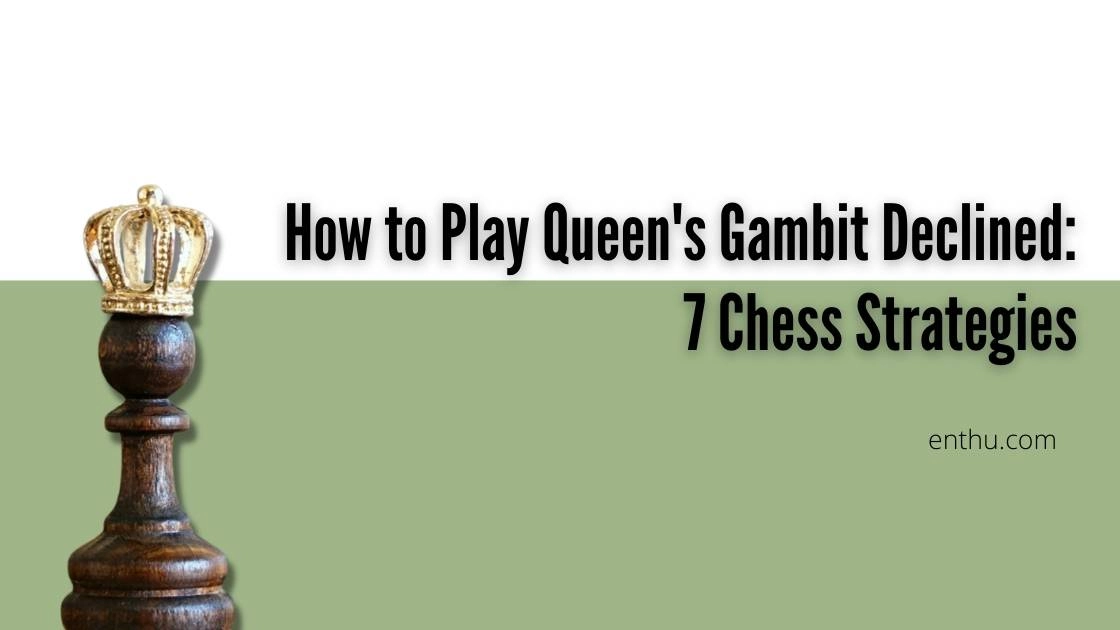
8. Rook and Pawn Endings
In another quote by Siegbert Tarrasch, he asked to use the Rook aggressively. "In a rook and pawn ending, the Rook must be used aggressively.
It must either attack enemy pawns or give active support to the advance of one of its own pawns to the queening square." To use Rook aggressively, here are a few things you must keep in mind.
In "Rook and Pawn Endings," be it your passed pawn or the opponent's, you must place the rooks behind passed pawns (the Tarrasch rule).
However, if the pawn is not too far advanced, you can place the Rook in front of the pawn. Remember, Rooks, are better as attackers than defenders. So, try to sacrifice a pawn in "Rook and Pawn endings" to get everything in action using the Rook. Don't forget to use the Rook on the seventh rank to capture enemy pawns.
Remember, Rooks, are better as attackers than defenders. So, try to sacrifice a pawn in "Rook and Pawn endings" to get everything in action using the Rook. Don't forget to use the Rook on the seventh rank to capture enemy pawns.
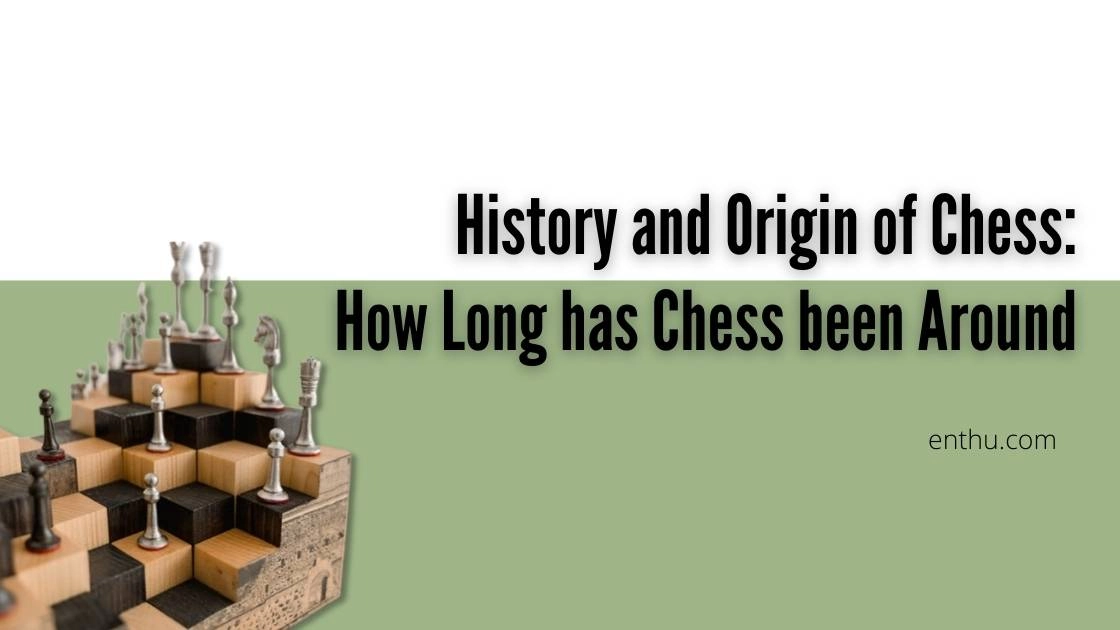
Knight and Pawn Endings Mikhail Botvinnik stated, "A knight ending is really a pawn ending." If you look at "Knight and Pawn Endings," knights are the perfect pieces to block passed pawns and check the enemy King.
Even though it's not very efficient at chasing pawns, it's very powerful. The primary reason behind it is that a knight never loses its tempo.
9. Bishop and Pawn Endings
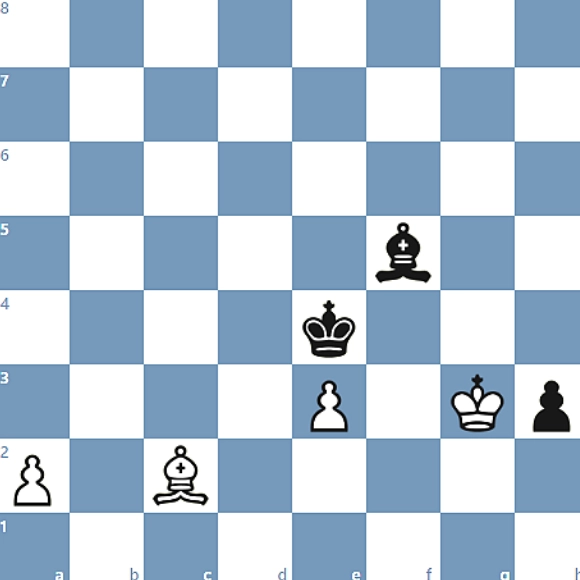
Bishop Vs Pawn endgame in Viktor Korchnoi vs Michael Adams, 1992 There are two types of bishops in "Bishop and pawn endgames." It's either on the same colored square as the opposing bishop, or it's a bad bishop.
If it's the same color as the enemy bishop, then it can move around and do something. However, if it's diagonally aligned with its own pawns, then it gets limited to saving the pawns instead of getting any action. Such bishops are called bad bishops.
To learn more about "Bishop and Pawn Endings" in Chess theory, I suggest learning about Luigi Centurini's rules. His rules are:
The game is a draw if the defending King can reach any square in front of the pawn that is opposite in color to the squares the bishops travel on.
If the defending King is behind the pawn and the attacking King is near the pawn, the defender can draw only if his King is attacking the pawn, he has the opposition, and his bishop can move on two diagonals that each has at least two squares available (other than the square it is on).
Desire to increase your rating?
Join EnthuZiastic Chess courses today to make your dreams come true.
10. Pawnless Endgames
(Chess Endgames without any Pawns) The pioneers of studying pawnless endgames are François-André Danican Philidor and Domenico Lorenzo Ponziani.
To learn about chess theory related to pawnless endgames, one must study Philidor and Ponziani. Let's say there're two types of pawnless endgame positions.
One, major and minor pieces against a lone king. An endgame without any pawns against a lone king may end up in the following positions:
A Queen with the king against a lone enemy king.
A king and Rook against a king.
Two bishops with the king against a king
A king, bishop, and knight against a king For the above positions, the endgame is more likely to end in a draw. Another possibility of pawnless endgames is as follows:
For the above positions, the endgame is more likely to end in a draw. Another possibility of pawnless endgames is as follows:
Queen vs. a Rook
A rook and bishop versus a rook.
In the case of the first situation, the Queen mostly wins. In the latter situation, it's more likely to be a drawn game.
In the case of the first situation, the Queen mostly wins. In the latter situation, it's more likely to be a drawn game.
11. How do I get Better at Playing Chess Endgame?
There is no one-size-fits-all answer to this question, as the best way to get better at the chess endgame depends on your individual strengths and weaknesses. However, some common tips that can help include:
Practice, practice, practice! As implored earlier, the more you play, the better you will become.
Pay attention to your opponents' moves and reactions. It will help you anticipate their next move and respond accordingly.
Use your imagination. Sometimes the simplest strategy is the best. If you can think outside the box, you will be more likely to win.
Know your opening moves and how to exploit your opponent's mistakes.
Be patient. Do not get bogged down in the details of a position and instead focus on the larger picture.+
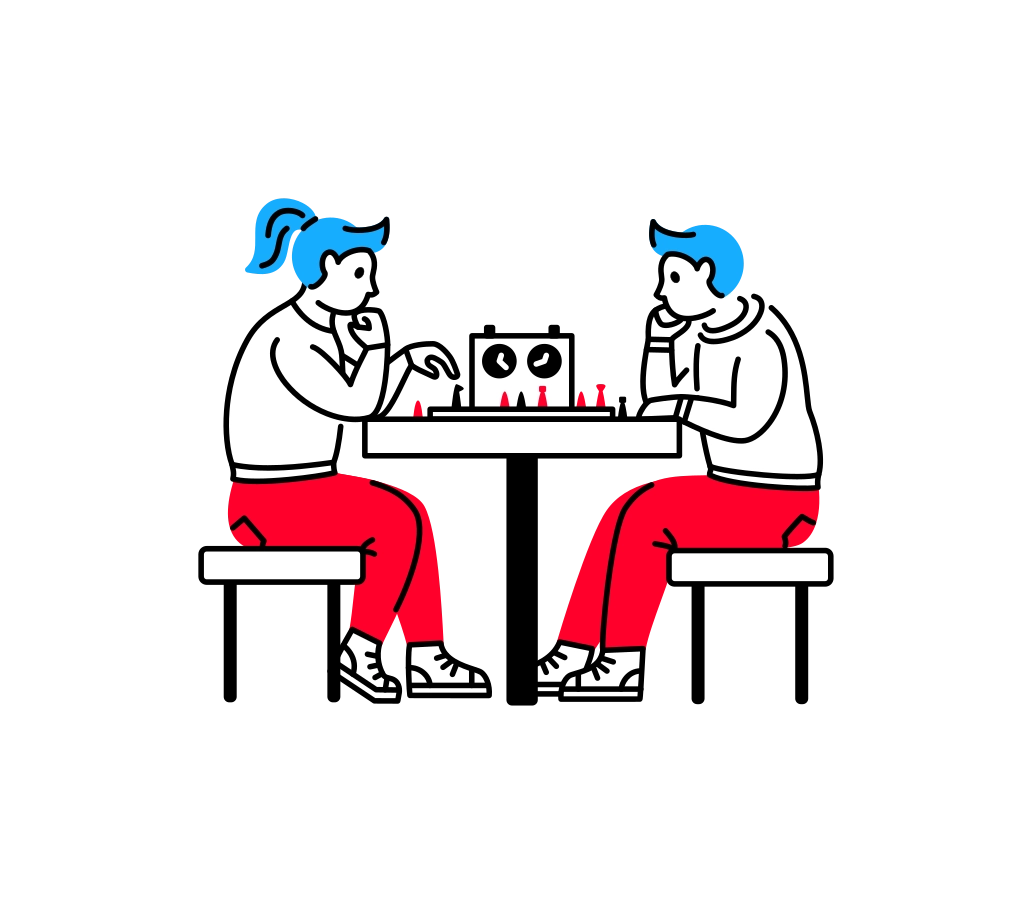
Conclusion
Jose Capablanca said, "To improve at chess, you should in the first instance study the endgame." I agree with Capablanca, and I would recommend beginners to do the same.
Try to study endgame in chess theories before jumping into strategies. Besides boosting your background knowledge in chess, you will also feel confident while learning strategies.
And that's the case if only you go through endgame chess theory. So, all the best for your future endeavors. Keep playing chess.
FAQs
1) Who are the best players in endgame theory chess?
At its heart, the end game is a battle of a few pieces to capture the other player's King. Some of the world's top players have dedicated their lives to mastering endgame theory.
As a result, they are better prepared for the final stages of the game. And it proves with their efficiency in winning games. Some of these players include World Champions Magnus Carlsen, grandmaster Fabiano Caruana, and Sergey Karjakin.
2) Is the endgame the hardest part of chess?
The endgame is simply the last phase of the game. It typically occurs when a chess player has a position that is too strong to be defended, and the other player has no viable move.
While it can be challenging to try and outwit your opponent in the early stages of the game, the endgame is typically a more static and predictable stage of the game. As a result, it can be easier to plan, execute your strategy, and checkmate.
Additionally, since endgames are often decided by small margins, making even the slightest mistake can lead to disaster. So, make sure to practice your endgame skills regularly and stay sharp!



.png)

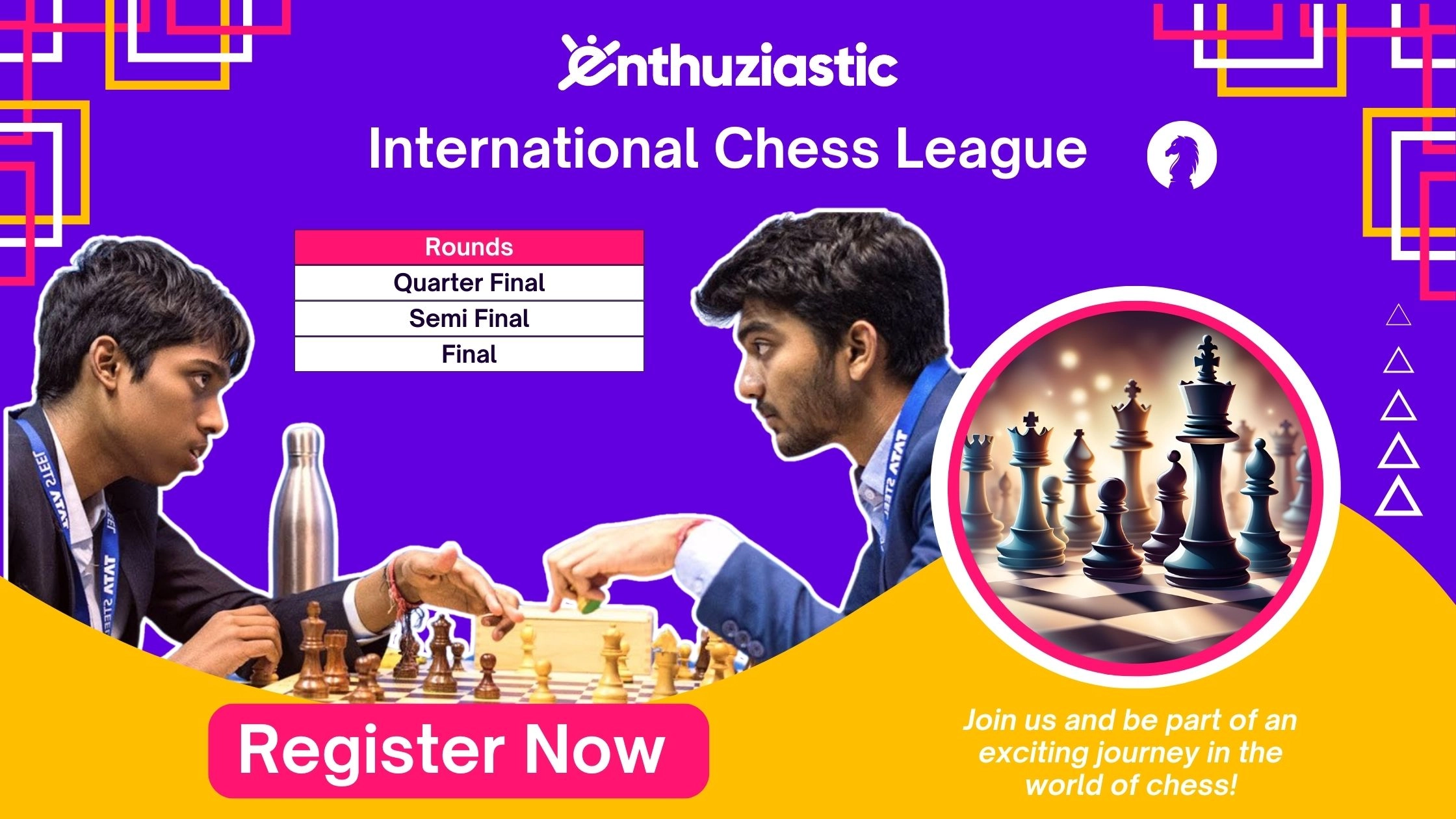
Comments